Raising funds for any charitable organisation can be a challenging task, especially when dealing with such a diversified funding mix. If your capacity is stretched (aren’t we all!) and resources are limited, I would strongly encourage you to focus on major donors (high-net-worth individuals). As the 80/20 principle states, 80% of donations come from 20% of donors, making these donors a key target for fundraising efforts.
In this article, we will explore 8 key steps for generating donations from major donors. By following these steps, you can attract, secure, and retain major donors for your organisation.
Step 1 - Defining Your Value Proposition
The first and most crucial step in fundraising is to have a clear understanding and ability to convey your organisation’s unique value proposition. As a charitable organisation, your value proposition is more than just a mission statement or set of values. It explains to potential donors why they should choose to support your organisation over others and highlights the specific benefits of doing so.
Effective communication of your value proposition is what sets the donor journey apart from a traditional sales process. Without a product or service to offer, it is up to the fundraiser to persuade the donor of the value of their donation. The ability to do this effectively is essential for successful fundraising.
This can be challenging for fundraisers in the sports industry, as they may face additional obstacles such as perceptions of overpaid athletes, poor team performance, or negative media coverage of player behaviour.
Step 2 - Identifying Potential Donors
Locating new major donors can be a difficult task if you don’t know where or who to look for. To increase your chances of success, it’s important to take the time to research and understand the characteristics of your ideal donor. Typically, this process is referred to as donor profiling. A donor profile is a detailed description of the type of person who is most likely to donate to your charity or foundation.
To create a donor profile, begin by analysing your current major donors. Understand their demographics, characteristics, and any other relevant information. If you don’t have this information on hand, reach out to your donors and ask them. This will also be a great opportunity to strengthen your relationships with existing donors. Finally, take advantage of the knowledge of your internal stakeholders. Many organisations have staff members who have been with the organisation for a long time. Utilise this knowledge to gain insights that may help identify potential donors.
Step 3 – Prospect Outreach
By now, you should have a clear idea of what your ideal major donor looks like. Instead of focusing on a long list of targets, concentrate on the top 10 to 20 potential prospects who have the means and capacity to make a significant contribution.
Your organisation likely has a wealth of historical data, such as past donors, sponsors, and stakeholders, that can be used to build out profiles and identify potential prospects. Consider using data services that can analyse this information and present key targets based on estimated wealth. These services typically use factors such as job title, location, web/news articles, and historical spending to identify potential donors. The cost of these services is usually worth the investment. If you are looking to at data services, get in touch with the team over at Fundraising Research & Consulting offer a powerful Wealthscan solution.
Now it’s time to make contact, but how? Cold calling, emailing, event introductions, or meeting at a game. Keep in mind that fundraising is different from sales. In sales, a business or individual receives unsolicited information about a product or service that aims to solve a problem that the individual may not have been aware of or interested in solving. In fundraising, potential donors are likely already familiar with your organisation’s brand and purpose, so the outreach is not entirely cold.
One strategy that can be effective is to invite potential donors to meet for coffee. Regardless of how busy an individual may be, they are often willing to spare 15 to 20 minutes for a caffeine fix, especially if you are paying.
Step 4 – The First Date
After the initial contact, it’s time to begin building a relationship with the potential donor. A common mistake that fundraisers make is to ask for a donation too soon. The first meeting is about the donor, not the organisation. Get to know the individual, their family, their background, why they are interested in your organisation, and how they have been impacted by it. This information forms the foundation for a long-term relationship.
Donor stewardship is often thought of as the process of maintaining a relationship after a donation has been received. However, it’s important to remember that just because someone isn’t donating now, doesn’t mean they won’t in the future. Major gifts take time, so stewardship should begin from the moment of initial contact. By building a connection and inspiring potential donors, they will be more likely to feel loyal and hopefully make a contribution.
Step 5 - Advancing The Donor's Hero Story
In “The Epic Fundraiser,” Professor Russell James emphasises that the role of the fundraiser is to “advance the donor’s hero story.” By presenting a problem, highlighting a solution, and allowing the donor to play a part in the solution, we can create a story in which the donor is the hero. To do this effectively, we must have a deep understanding of the donor, which can only be achieved by building a relationship.
Working in the philanthropy industry offers many benefits, including the opportunity to work with and develop relationships with successful individuals. Take advantage of this opportunity to grow both personally and professionally. Remember that a relationship is a two-way street, and it’s okay to be vulnerable and ask for help from your donors. A commonly used phrase in sales, “ask for money, get advice. Ask for advice, get money.” Donors are often willing to provide guidance and share their knowledge based on their experiences. Not only does this help you to better understand the donor but can (from time to time) translate into a donation.

Step 6 – The Ask
The act of asking for a donation can be intimidating, but if you have done the work up until this point, the ask may not even be necessary. By understanding the donor, effectively communicating the value proposition, building a relationship, and offering the donor the opportunity to be the hero of the story, the donor may ask you, “so how can I help?”
However, when it comes to determining the amount to ask for, it can be tough to strike the right balance. Ask for too much and risk alienating the donor or ask for too little and miss out on potential funds. If you are raising money for a capital campaign, present the total campaign amount and ask the donor to self-allocate a portion. If not, use your knowledge of the individual to suggest an amount based on your assumptions. Keep in mind that the goal is to build a long-term relationship and encourage repeat donations.
Step 7 - Creating Memorable Experiences
From a donor’s perspective, the benefit of contributing to a charitable organisation may include a sense of service, legacy, and a tax deduction. However, we can go above and beyond by creating special, memorable experiences or “wow moments” to recognise and honour significant contributions. This is an important aspect of donor stewardship and should not be overlooked.
In “The Power of Moments,” Chip and Dan Heath discuss how the most important moments in life are often the result of deliberate effort and how we can learn to create extraordinary experiences. They give the example of the Magic Castle Hotel, which is highly rated in California, not because of its facilities or location, but because of its ability to create memorable moments for guests. The “Popsicle Hotline” provides guests with the opportunity to order a flavoured ice block that is delivered on a silver tray by a staff member wearing white gloves.
Creating memorable experiences doesn’t have to require a large investment, just a bit of creativity. Some simple strategies include acknowledging a donor’s birthday, thanking donors on the anniversary of their donation, arranging for VIPs or ambassadors to meet with the donor, or offering a facility tour.
Step 8 – Communicate Effectively
Charities and foundations should aim to effectively communicate with their donors to ensure they are aware of where and how their donations are being used and what impact they are making. Donors today demand transparency and accountability, and effective storytelling can capture their attention and elicit emotional responses that drive action and donations. A study by Yale University found that providing data on a charity’s impact does not necessarily lead to more donations, and that emotional storytelling can be more effective in eliciting donations.
For more specific information on how to apply effective stewardship strategies to further engage your major donors, check out this article!
Conclusion
Fundraising can be difficult. Major donations, though, may be the secret to your fundraising success. Understanding your organisation’s value proposition, identifying potential donors through donor profiling, and reaching out to top prospects through engagement techniques are crucial for successfully obtaining donations from major donors. If you need help with your strategy, check out our sport philanthropy strategy services here. You can create a narrative in which the donor is the hero by providing a problem, emphasising a solution, and giving them a role in the resolution. It’s important to keep in mind that fundraising is all about developing relationships, so don’t be afraid to be open with your donors. You can attract, secure, and keep large donors for your organisation by following these eight essential steps, which will also help you build a sustainable future.

